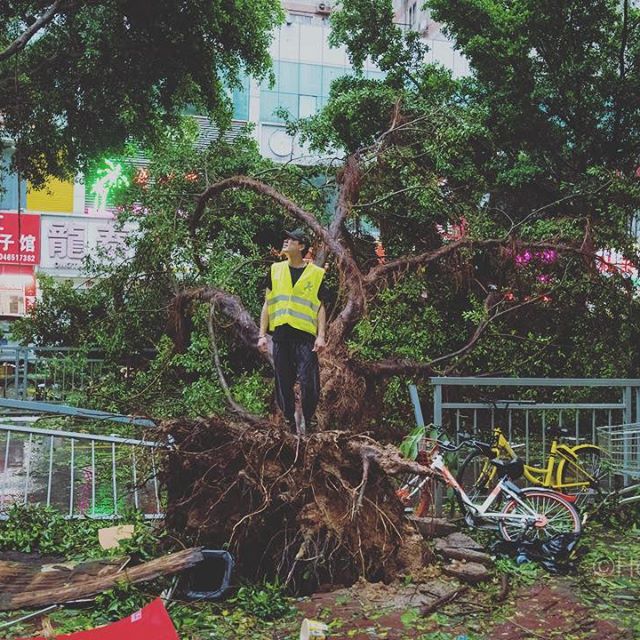WHAT IS DISASTER ????
The UNISDR (2009) defines disaster as:
“A serious disruption of the functioning of a community or a society involving widespread human, material, economic or environmental losses and impacts, which exceeds the ability of the affected community or society to cope using its own resources.”
UNISDR considers disaster to be a result of the combination of many factors such as the exposure to hazards, the conditions of vulnerability that are present, and insufficient capacity or measures to reduce or cope with the potential negative consequences.
The DM Act 2005 uses the following definition for disaster:
“Disaster” means a catastrophe, mishap, calamity or grave occurrence in any area, arising from natural or manmade causes, or by accident or negligence which results in substantial loss of life or human suffering or damage to, and destruction of, property, or damage to, or degradation of, environment, and is of such a nature or magnitude as to be beyond the coping capacity of the community of the affected area.”
WHATS IS DISASTER MANAGEMENT ????

The UNISDR defines disaster risk management as the systematic process of using administrative decisions, organization, operational skills and capacities to implement policies, strategies and coping capacities of the society and communities to lessen the impacts of natural hazards and related environmental and technological disasters
‘Disaster Management’ focuses on creating and implementing preparedness and others plans to decrease the impact of disasters and build back better.
The term Disaster Management as used in the NPDM 2009 and the DM Act 2005 document is comprehensive covering all aspects – disaster risk reduction, disaster risk management, disaster preparedness, disaster response, and post-disaster recovery.
“A continuous and integrated process of planning, organising, coordinating and implementing measures which are necessary or expedient” for the following:
1) Prevention of danger or threat of any disaster,
2) Mitigation or reduction of risk of any disaster or its severity or consequences,
3) Capacity-building,
4) Preparedness to deal with any disaster,
5) Prompt response to any threatening disaster situation or disaster,
6) Assessing the severity or magnitude of effects of any disaster
7) Evacuation, rescue and relief, and
8) Rehabilitation and reconstruction.”
DISASTER RISK REDUCTION(DRR) – (MITIGATION)
DRR consists of Framework of elements that will help to minimize vulnerabilities and disaster risks throughout a society, to avoid (prevention) or to limit (mitigation and preparedness) the adverse impacts of hazards, within the broad context of sustainable development.
